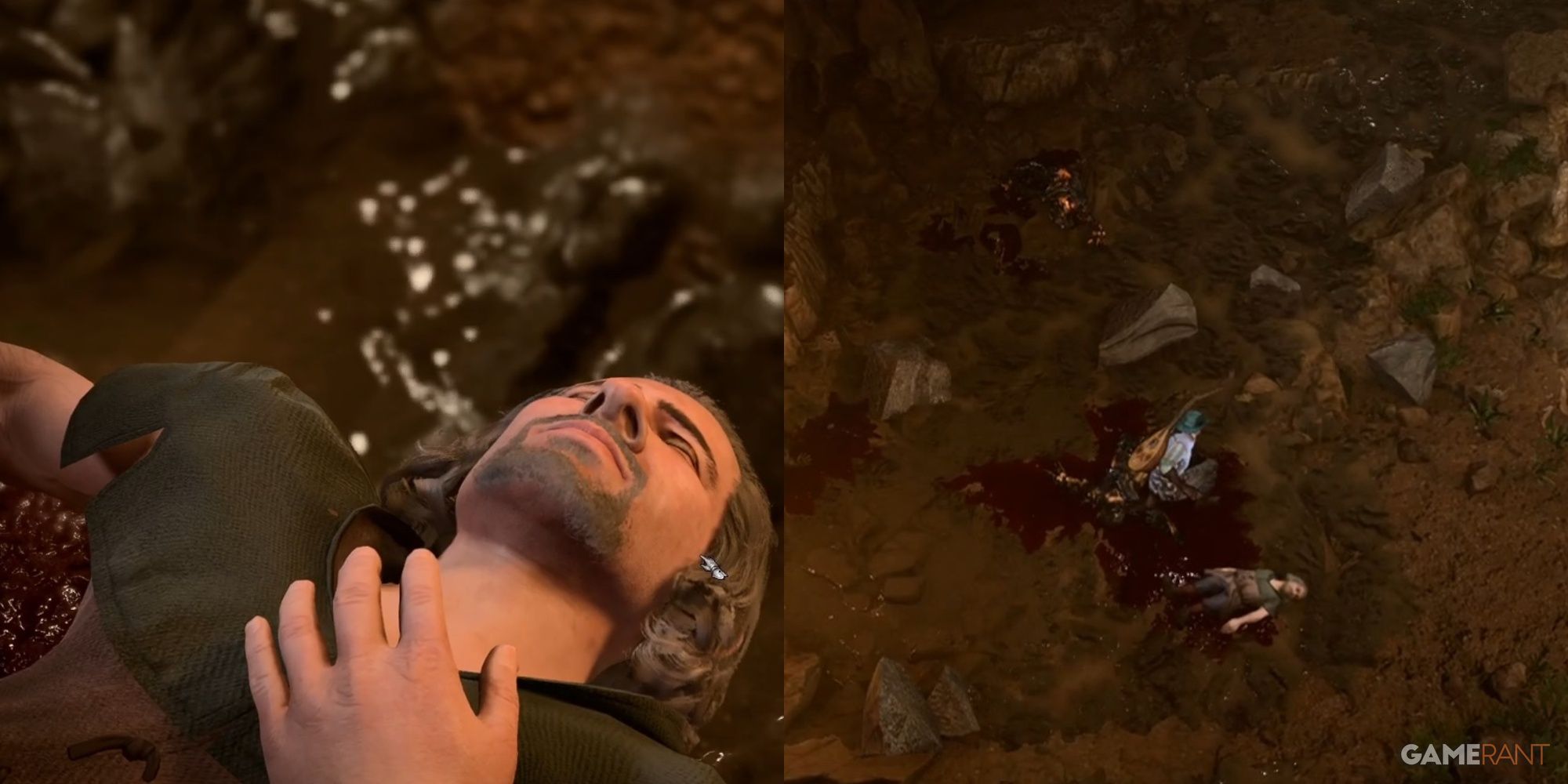Highlights
- Jujutsu Kaisen stands out for its fast-paced storytelling and modern approach to shōnen tropes.
- The Dark Trio of JJK, Chainsaw Man, and Jigokuraku signals a shift towards shorter, impactful series.
- Gege Akutami’s JJK challenges traditional shōnen norms with its condensed narrative and cultural impact.
|
Series |
Jujutsu Kaisen |
|
Story & Art |
Gege Akutami |
|
First Chapter |
3/5/2018 |
Calling any shōnen anime today “different” is like an open invitation to be proven wrong; any narrative subversion has likely been done before by one of the genre’s forebears. What sets Jujutsu Kaisen apart isn’t just its big story beats, but rather the pace with which it reaches such milestones, reflecting a shift in shōnen storytelling, and the tastes of modern audiences.
This modern tale of sorcery and the supernatural began in 2018, and according to author Gege Akutami’s statement from Jump Festa 2024, the story is projected to be finished this year. By the time it ends, the manga will have run for a little over five years, which feels crazy considering not only the story’s cultural impact but also the perceived standards of the shōnen genre.
7:20
The Greatest Shonen Anime Of All Time (February 2024)
These shonen anime are packed with heart-racing action, drama, or comedy.
The Slow Re-Defining of Shōnen Jump
Anyone who has watched anime over the past two or three decades has an idea in their head of what shōnen anime is like – no matter their attachment to the works. These are long-form adaptations of dense works with chapter counts in the hundreds by the time of their completion and which are released weekly when ongoing.
Similarly, adaptations were traditionally produced year-long, meaning there were rarely clearly defined seasons – only arcs. And then, when the anime caught up to the manga, there was filler, the bane of shōnen fans everywhere. These qualities are so ubiquitous and yet, every one of them seems negligible by today’s standards (with notable exceptions), marking it as a decidedly generational perception.
The New Normal
Everyone hated filler, so the industry took note and endeavored to prevent anime from catching up to its source material. Conversely, this has been helped by shōnen being released in seasons, often a year or more apart from one another. And the high episode counts? Well, that depends on the stories themselves, which have only become shorter.
Very few major anime are still released year-round. It’s getting rarer to see a consecutive 24-episode run of a series with no breaks, much less something like Fullmetal Alchemist Brotherhood, which ran from April 2009 to July 2010. This isn’t even a sign of the audience’s tastes changing. Because of a multitude of factors, the current anime industry can’t produce shows like FMA or Soul Eater the way they used to.
Dawn of the Dark Trio
Jujutsu Kaisen isn’t the originator of these trends, but it is one of the most significant examples of the changes that have been happening for years now. Every few years, people talk about a new batch of shōnen being the “new Big Three” to replace Naruto, Bleach, and One Piece. There’s a lot to be said about the value of such labels, but it’s interesting to note that with JJK, the recent discourse suggests not a replacement, but a separation.
There’s this name thrown around lately – The Dark Trio. It refers to Chainsaw Man, Jigokuraku, and Jujutsu Kaisen. The name widely refers to the darker tone, mature content, and overall subversion of established tropes, but this is somewhat questionable when observing the genre in its entirety. A solid argument could be made that shōnen anime has gotten less egregious about censorship, but these stories have always had some pretty dark elements.
It’s About Duration, Not Darkness
None of this is to discredit the stories themselves. It would be foolish to downplay just how different Chainsaw Man is or how compelling Jigokuraku can be. With that said, grouping them into a trio, suggesting that these three are significant because of their darkness, obscures the more substantial component setting them apart.
If the Big Three were defined by their ubiquity and lengthy sagas – all of which were still ongoing at the time of the term’s popularity – then the Dark Trio is significant because most of them are finished. Chainsaw Man Part 1 is shorter than the time it took Naruto to pass the Chunin Exams, Jigokuraku concluded in 2021 with 127 chapters, and Jujutsu Kaisen is in the midst of its final arc. As an added curiosity, all three of these stories’ adaptations are done by MAPPA.
The Sudden Impact of the Shibuya Incident
This finally brings us to Jujutsu Kaisen, where the effects of this cultural shift are evident even before the anime has adapted the Culling Game arc. Season 2’s Shibuya Incident is one of the biggest and most acclaimed shōnen arcs in years. It’s the kind of turning point that older shows would have taken 80 or 100 episodes to build towards; a complete upending of the story’s status quo, and it was only the second season.
Were it that the first and second seasons were released only a year or so apart, the significance of this would likely stick out a lot more to viewers. Instead, there was Jujutsu Kaisen 0, and then a year off in which MAPPA focused on Chainsaw Man, allowing JJK to sit in the cultural consciousness for some time. At first, it might feel like a saga, but upon reflection, it’s a story that has moved shockingly quickly in a very exciting direction.
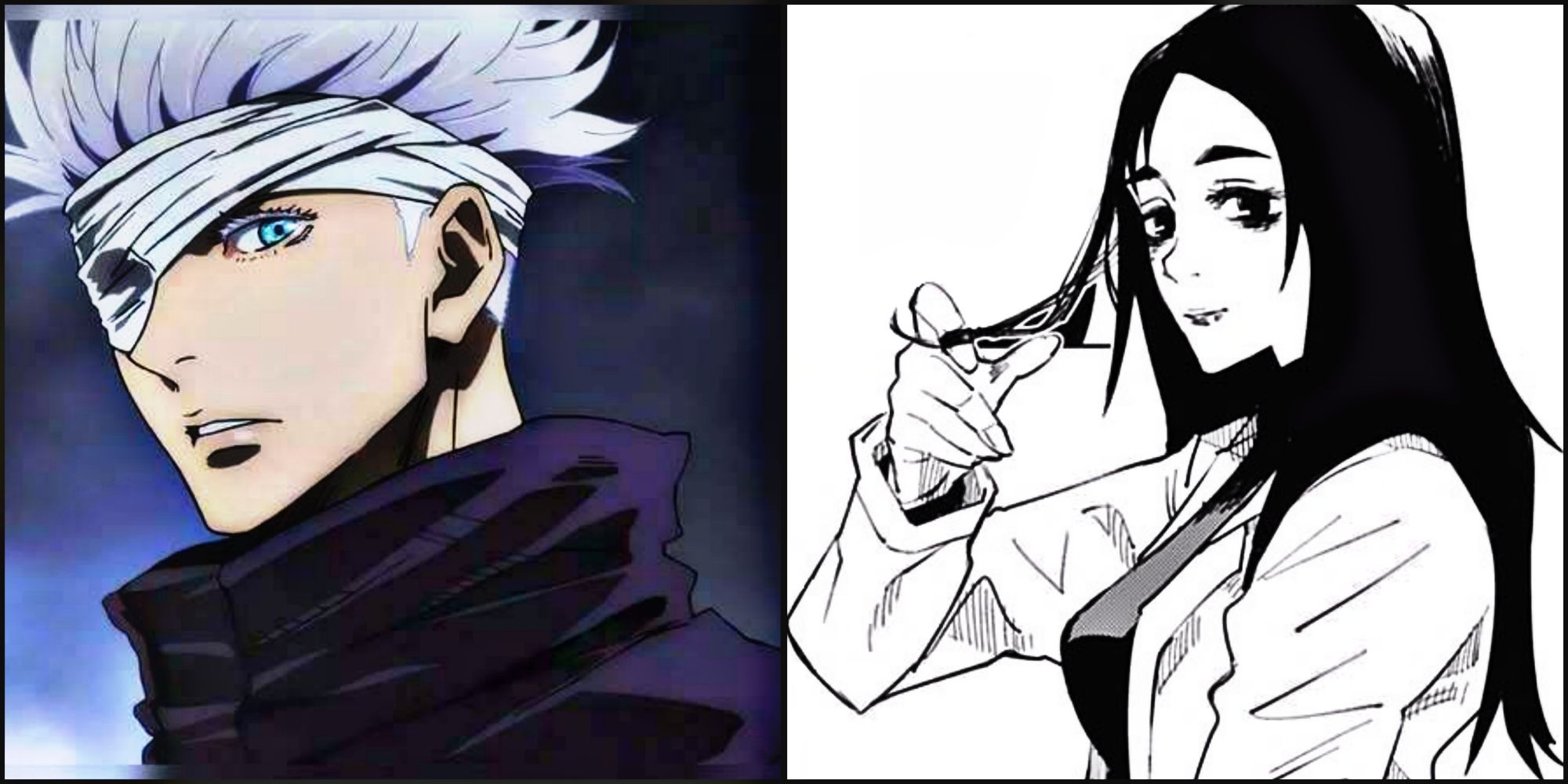
Jujutsu Kaisen: Author Gege Akutami Provides Pathway To Gojo’s Return
JJK 252 provides a major hint for Gojo’s potential return.
Are Shorter Stories Ultimately Better?
The trends are plain to see, but the lesson to take away from it all is a bit more elusive. It stands to reason that audiences crave stories that are less daunting to begin watching. Bleach‘s recent return to the anime scene has no doubt tempted many to start the series to be a part of the conversation, but it’s hard to say how many pulled the trigger who weren’t already fans. Are long-running shōnen a slog? And if they are, is there not some value to sticking with them?
Answering that question is best suited to those who have already taken the plunge. Everyone’s mileage will vary. There’s a reason these series are regarded as classics, but it’s still not an easy question to answer. Jujutsu Kaisen certainly feels like a response to people’s most common gripes with the genre, though. It’s far easier to commit to a story that might be done in three seasons than one that might run for six or more, assuming it even has seasons to begin with.
Where Shorter isn’t Necessarily Better
The Shibuya Incident was awesome, but it’s not unreasonable to ask that this colossal change to the status quo could have come a bit later. Perhaps more time could have been spent developing characters who were killed off with another short arc or two. When the series does end, it wouldn’t be a shocker if one of its main criticisms was not being long enough. Then again, that might only be because audiences are conditioned to expect battle shōnen to be longer.
Consider that a change in pacing is a good thing. It allows storytellers to advance their narratives more productively and without the lulls ordained by precedent. However, there is a catch to this proposition. It has to be what the creator wants and what is best for the story – NOT a mandate based on the current trends and perceived audience retention.
Timing Is (Not) Everything
It’s clear that Gege Akutami wrote JJK to be different and more condensed, but the manga was also almost canceled after only about a dozen chapters because it wasn’t grabbing readers. Think about that: one of the most popular shōnen manga in the world today was almost canceled and would have ended with its protagonist seemingly dead.
Following this, there’s a sense that Weekly Shōnen Jump manga don’t have as long to grab people’s attention compared to the old days. If shorter, more rushed beginnings become an unspoken mandate, then this new trend might be more suffocating than liberating, and it’s not even entirely the fault of readers or the publication. Every story is different, requiring different approaches to fulfill its ambitions, but the market doesn’t always respect those differences.
Jujutsu Kaisen is shorter than a lot of shōnen manga, but it has nevertheless captivated audiences through the same charms intrinsic to this genre. It’s a sign of changing times and changing tastes, but the community should be wary before treating it as a new standard. There will always be value in a story that takes its time, even – or especially – if it might elude some audiences for a while.
Jujutsu Kaisen is available to stream on Crunchyroll.
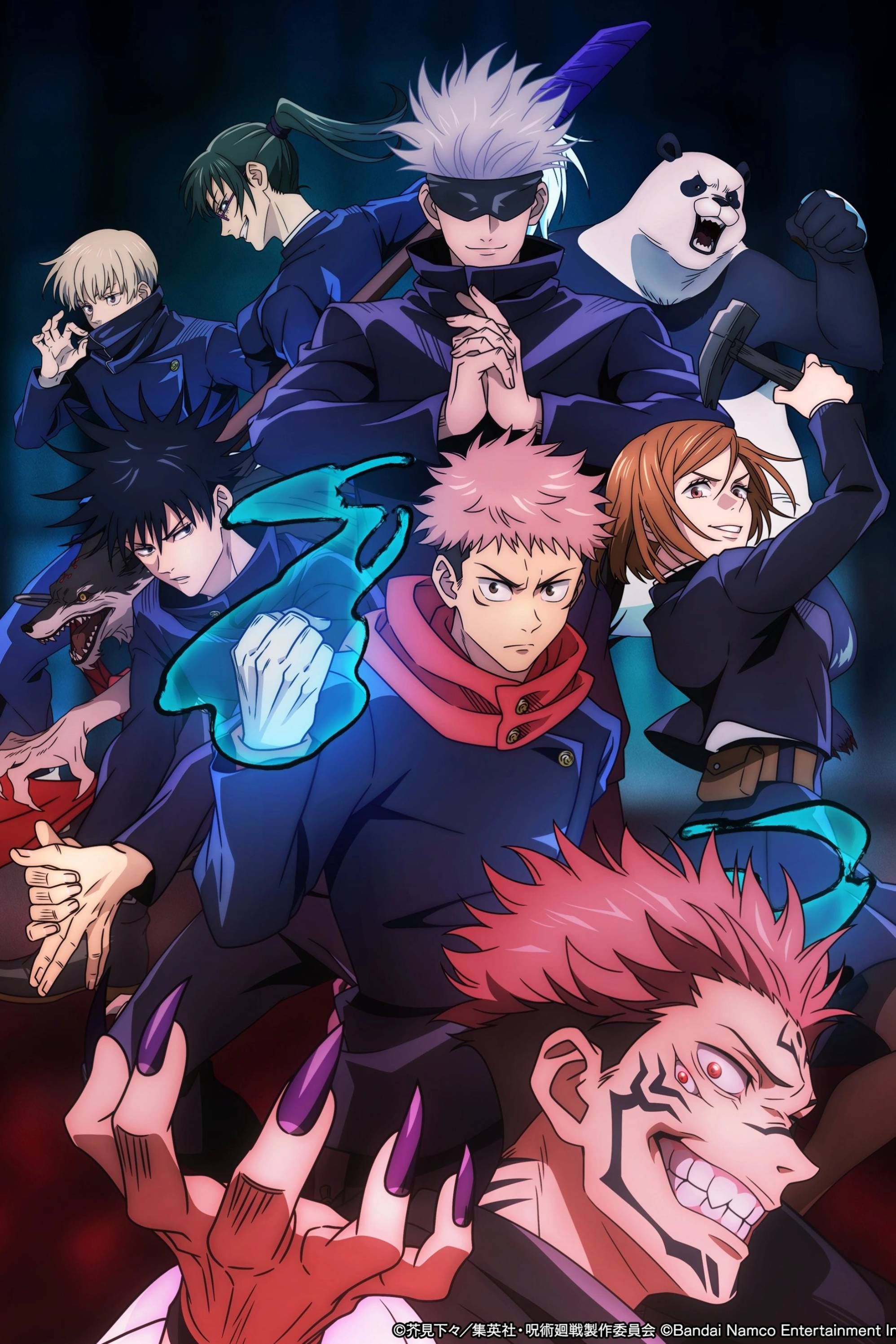
Jujutsu Kaisen
Based on Gege Akutami’s Jujutsu Kaisen manga, Mappa’s battle shonen anime envisions a world where Jujutsu Sorcerers battle against entities born out of Cursed Energy. One day, a teenager named Yuji Itadori is dragged into this conflict when he eats a possessed finger.
- Release Date
- October 3, 2020
- Seasons
- 2
- Studio
- MAPPA
- Creator
- Gege Akutami
- Number of Episodes
- 47
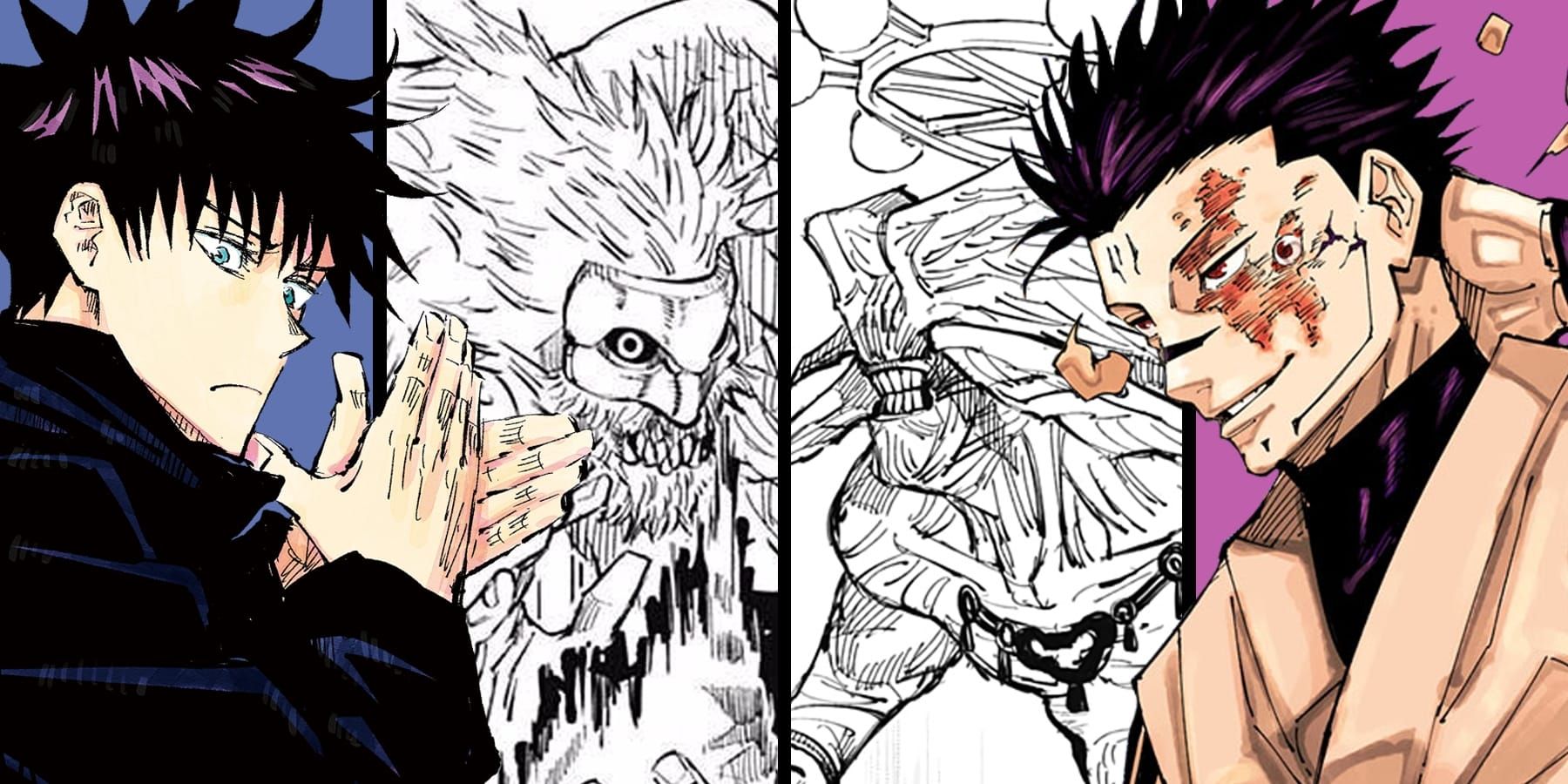
Jujutsu Kaisen: Why Sukuna’s Ten Shadows Technique is Stronger than Megumi’s
Sukuna has proven to be better at using the Ten Shadows Technique than its original user, Megumi Fushiguro. Here’s the reason why.

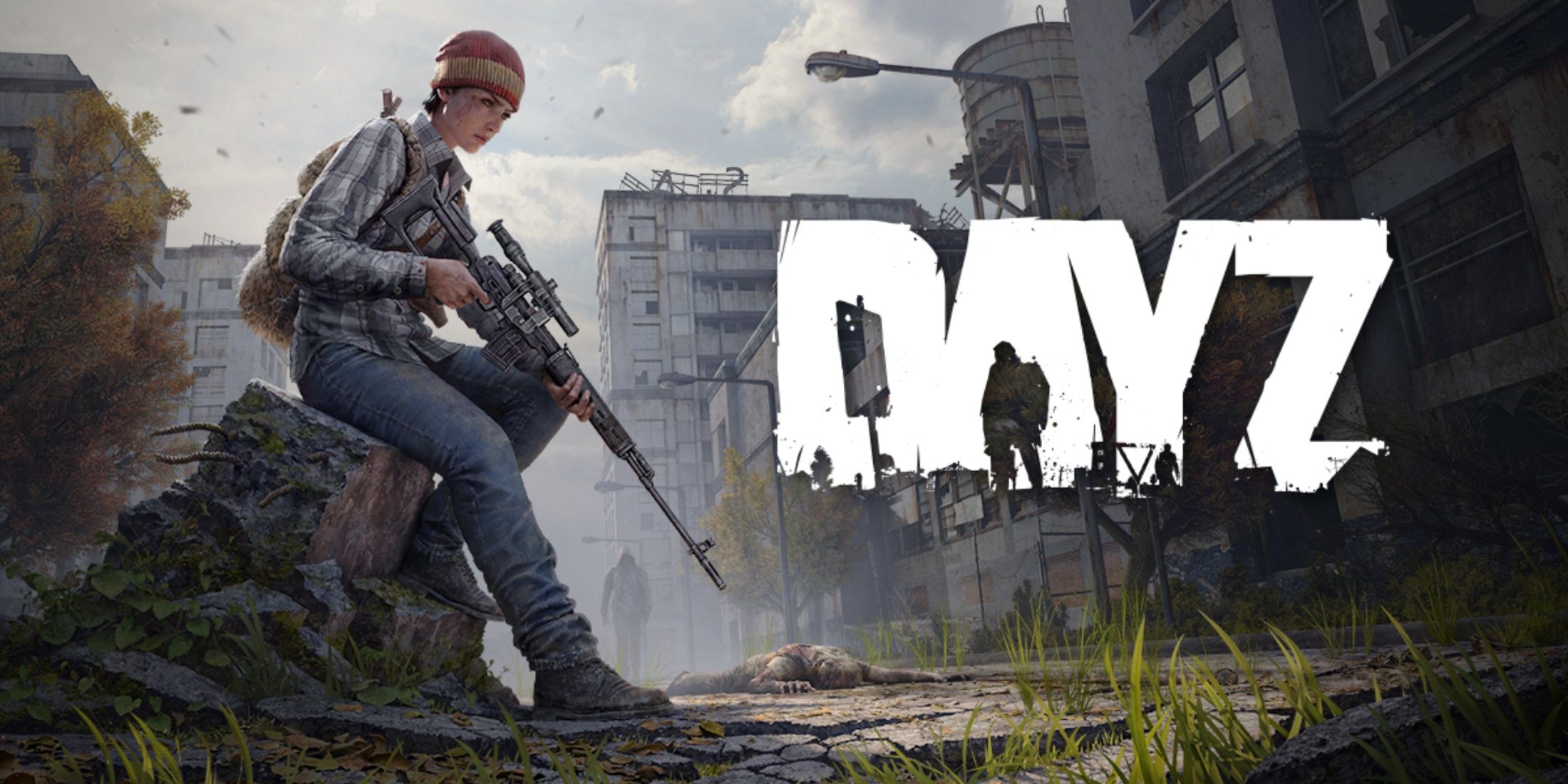
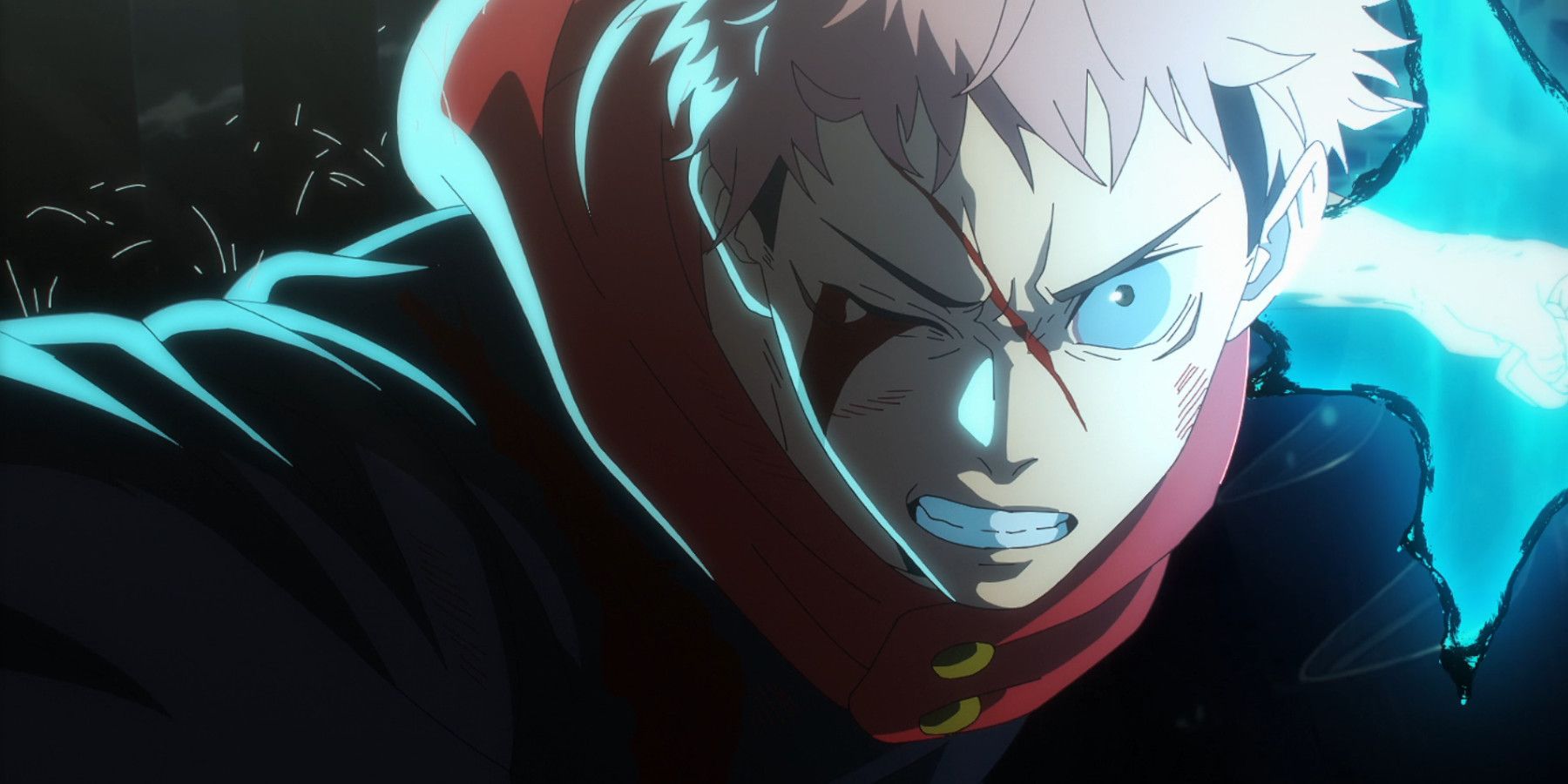
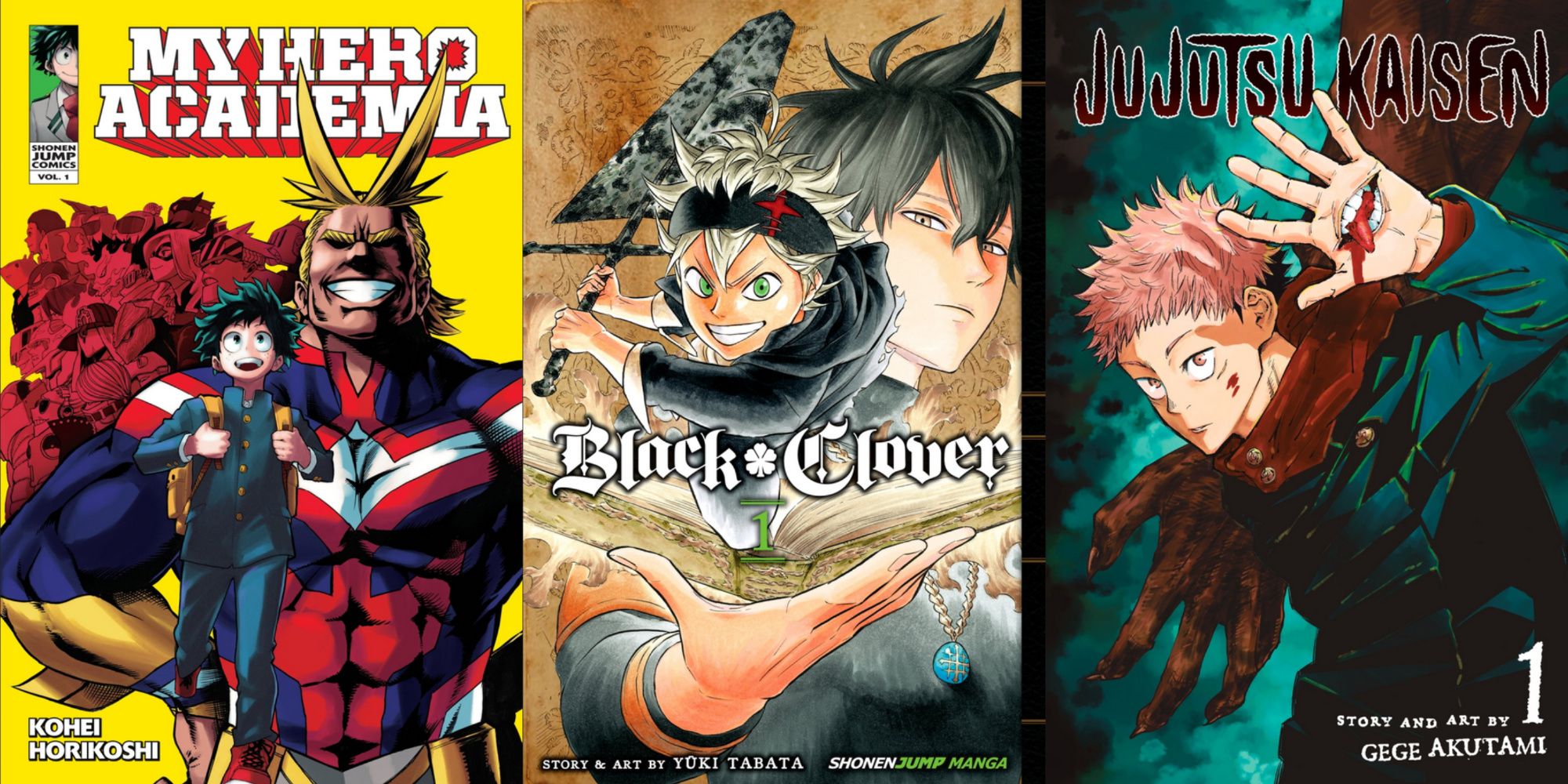
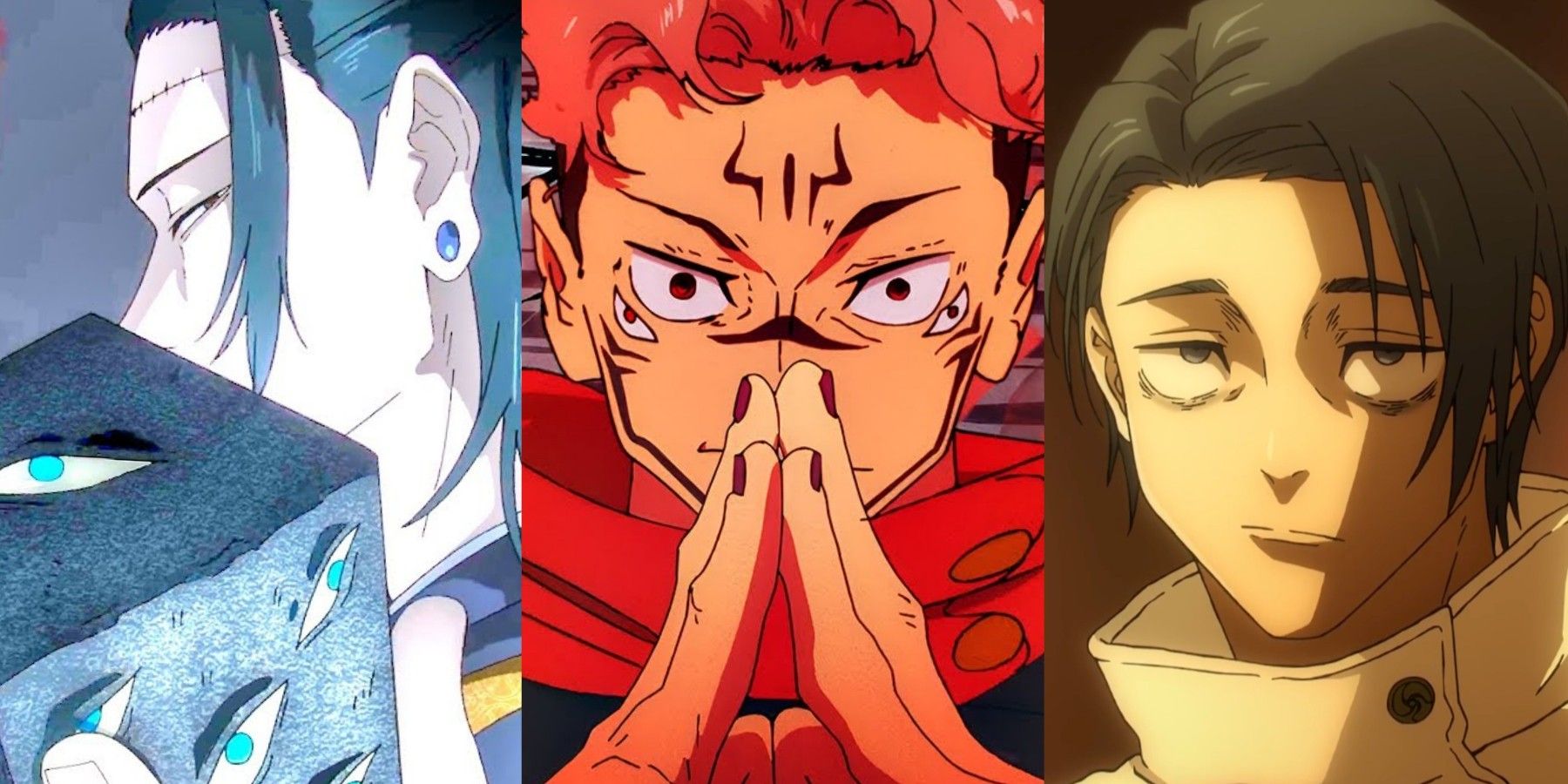
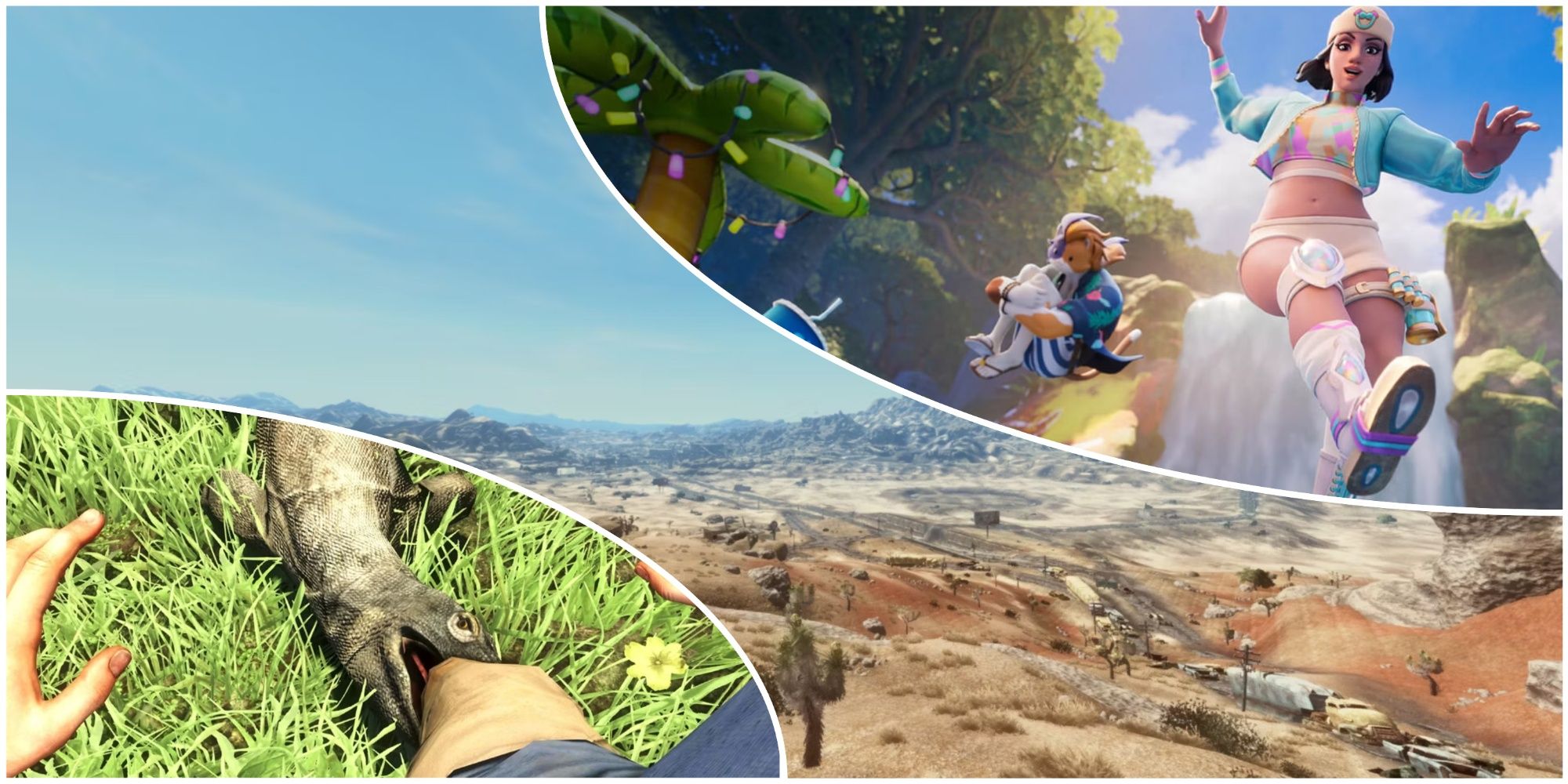
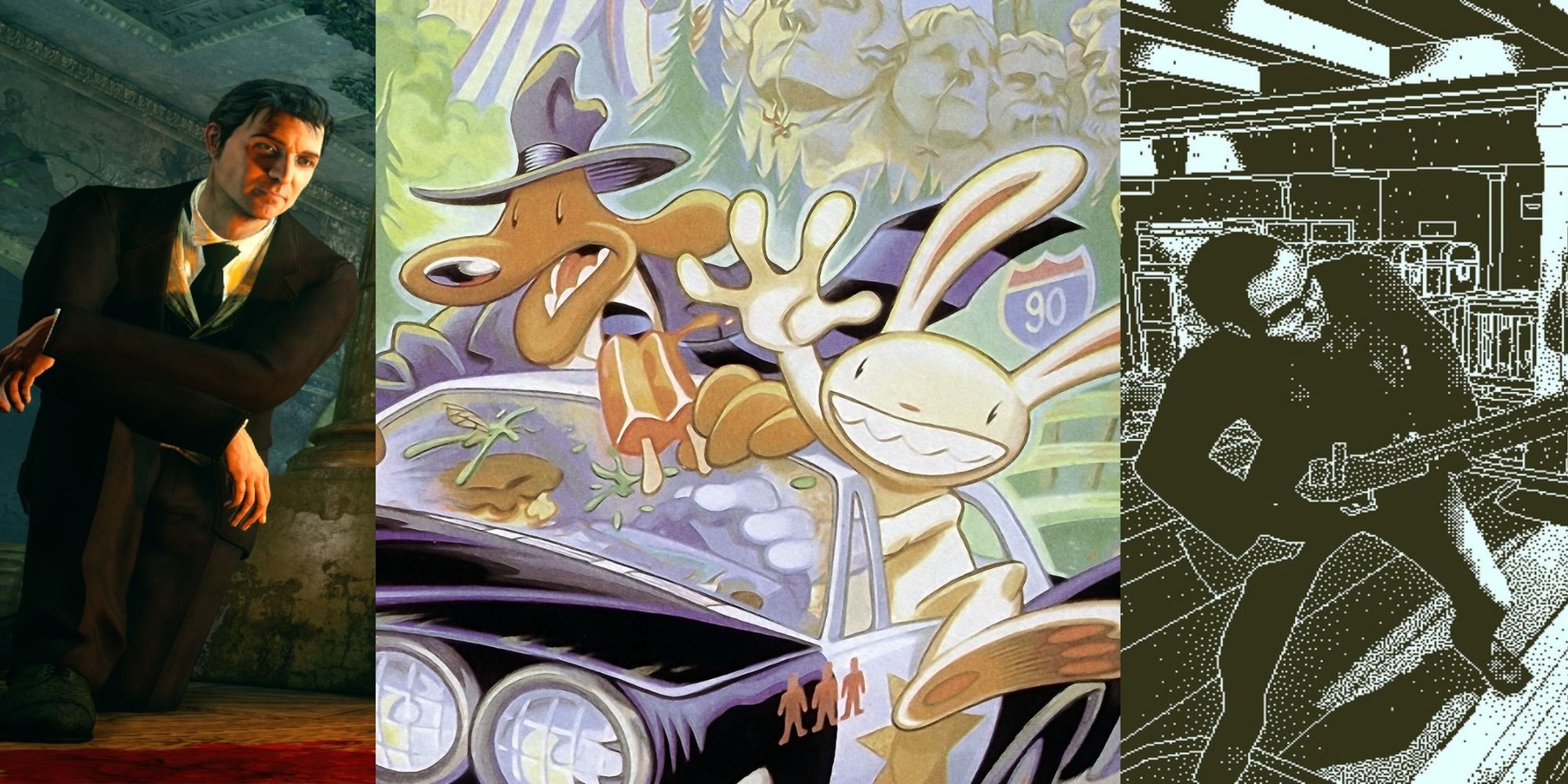
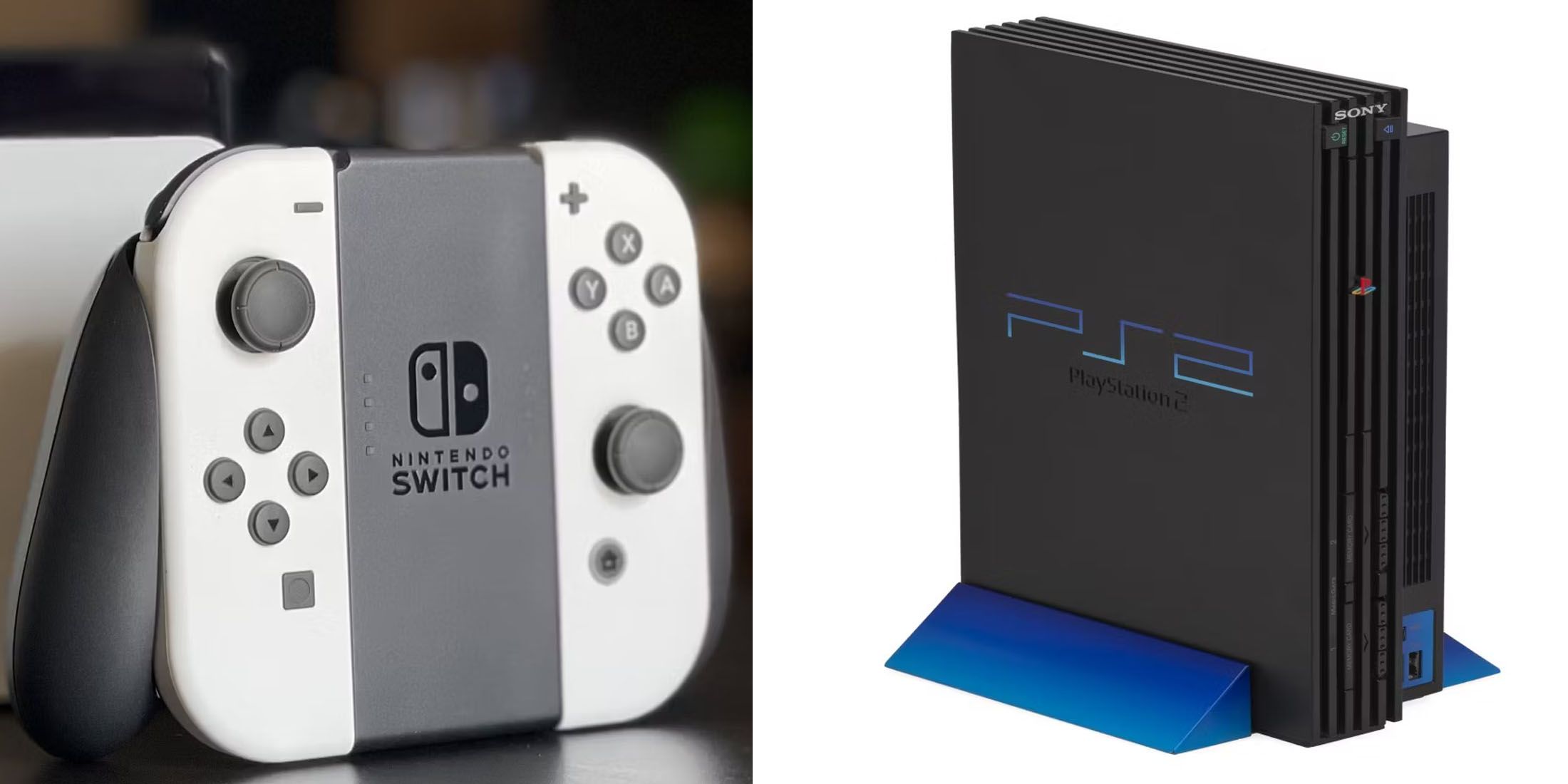
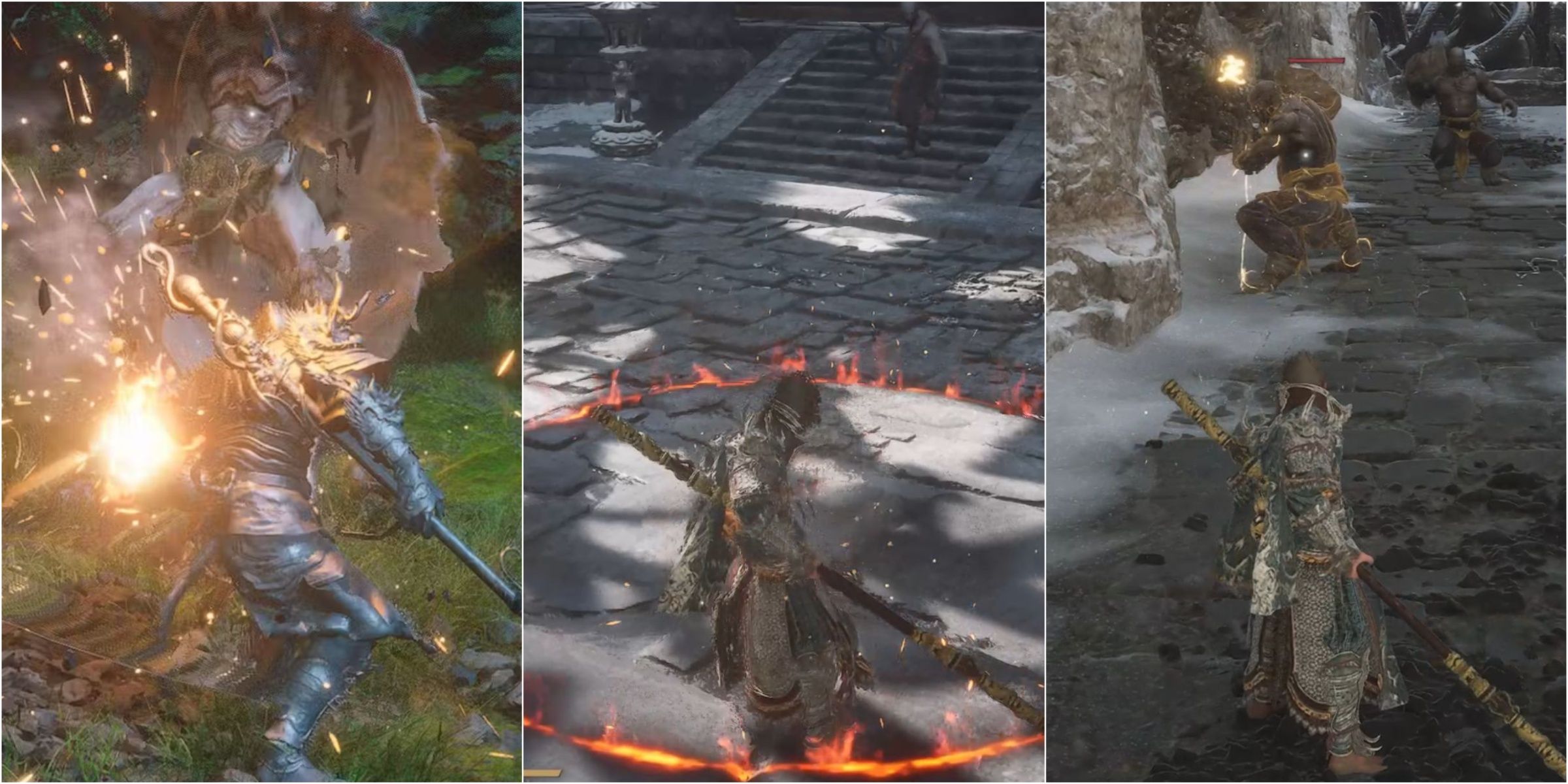
-5.jpg)
